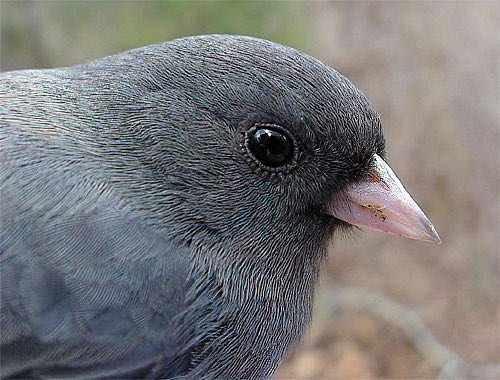 HOME: www.hiltonpond.org |
|
||
|
|
|||
|
|
|||
|
|
|||
|
|
|||
|
|
|||
 |
HILTON POND 8-14 November 2001 |
 HOME: www.hiltonpond.org |
|
||
|
|
|||
|
|
|||
|
|
|||
|
|
|||
|
|
|||
 |
HILTON POND 8-14 November 2001 |
|
The way things are going, we may have yet another mild winter here at Hilton Pond Center. Almost all our recent days have been balmy, with none of the blustery November rains we vividly remember from our childhood--back when we had to trek in bad weather to and from school, 20 miles uphill in both directions, while carrying ten pounds of books. Okay, okay, already. So what if it WAS only 25 yards to the bus stop--along flat ground--and we usually left our books overnight in lockers at school. The fact remains that winters DO appear to be getting milder, so with cold months turning warm in recent years, how will we ever know when winter has truly arrived?  Most chronologists and astronomers would probably give a simple answer to this query, saying that autumn is over about the third week in December as the winter solstice comes to pass. But we know better here at Hilton Pond Center; winter arrives in the Piedmont when the first Dark-eyed Junco shows up--and that happened this week (see photo above). Now that these "snowbirds" are at our feeders, it's only a matter of moments until the temperature plummets and the first frozen precipitation starts to fall.
During the 1980s and early 1990s, the first Dark-eyed Juncos (Junco hyemalis) typically showed up at Hilton Pond Center the last week in October, but the chart below shows there may be a trend toward later arrival. The most common first banding date over 20 years has been 10 November (four occurrences), while 27 October was the early date for three years--1985, 1989, and 1991. (No arrival date is charted for Fall 1988, when we were away from the Center did very little banding.) With the exception of an 8 October arrival in 1998 (that being the earliest date ever for a Dark-eyed Junco at Hilton Pond Center), all first banding dates over the past seven years have been in November or December (including the latest-ever "first date" on 29 December last year). Lots of variables may affect when we capture the first junco each fall--including local precipitation, abundance of natural foods away from the feeders, and whether or not we're running traps and nets every day. (The situation is complicated further because two subspecies of Dark-eyed Juncos apparently occur in the Carolina Piedmont, one of which breeds in the Southern Appalachians and even into South Carolina's mountain region.) Over the 20 years since we began banding at Hilton Pond Center, these kinds of variables should even out--which is one big advantage of conducting an on-going, long-term study. Thus, our banding results seem to indicate that during most recent years the juncos have been able to hang around their breeding grounds a few weeks longer before migrating south, perhaps because winters are arriving later in eastern North America. Is this more evidence for global warming? We wouldn't be surprised if that's the case, and widespread collection of similar data about other migratory birds might help convince skeptics who don't want to admit that Mother Earth is getting progressively hotter under the collar. If you enjoy "This Week at Hilton Pond," please help Support Hilton Pond Center for Piedmont Natural History. It's painless, and YOU can make a difference! You may wish to consult our Index of all nature topics covered since February 2000. |
|
SPECIES BANDED THIS WEEK Yellow-rumped Warbler--27 NOTABLE RECAPTURES |
 range, most Carolina birds are year-round residents
WEEKLY BANDING TOTAL 13 species 54 individuals YEARLY BANDING TOTAL (2001) 74 species 1,326 individuals BANDING GRAND TOTAL |
|
Up to Top of Page Current Weather Conditions at Hilton Pond Center |
 "HUMMINGBIRD MORNINGS" "HUMMINGBIRD MORNINGS"In 2001, informative and entertaining hummingbird banding presentations were held at four Carolinas locations for more than 500 participants. For more info, and especially if your group would like to host "Hummingbird Mornings" in 2002, click on the hummingbird drawing at left. |
 post questions for The Piedmont Naturalist |
 Nature Study Network |
Hilton Pond Center |
|
|